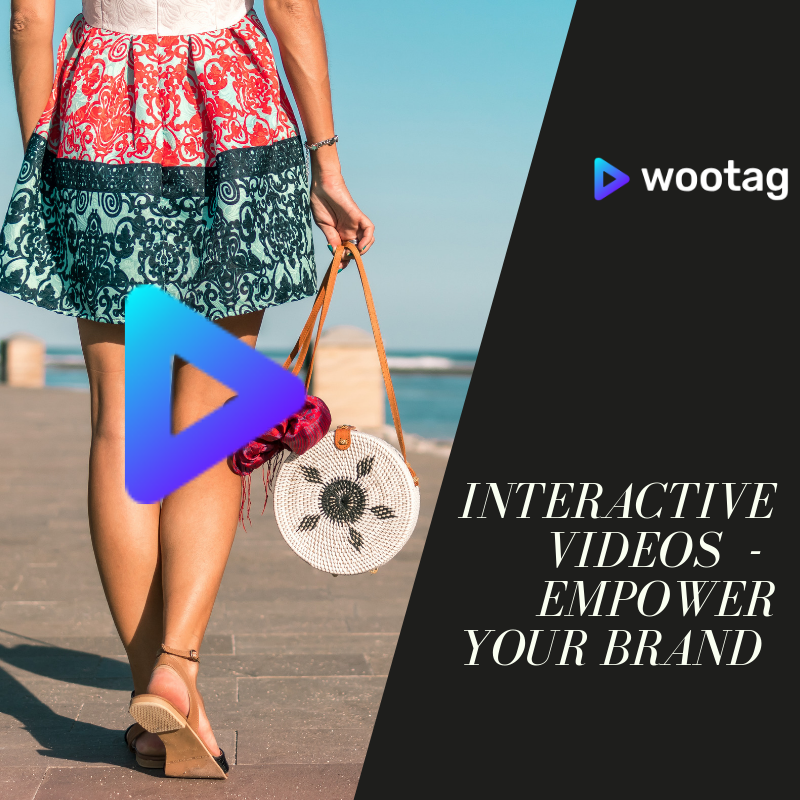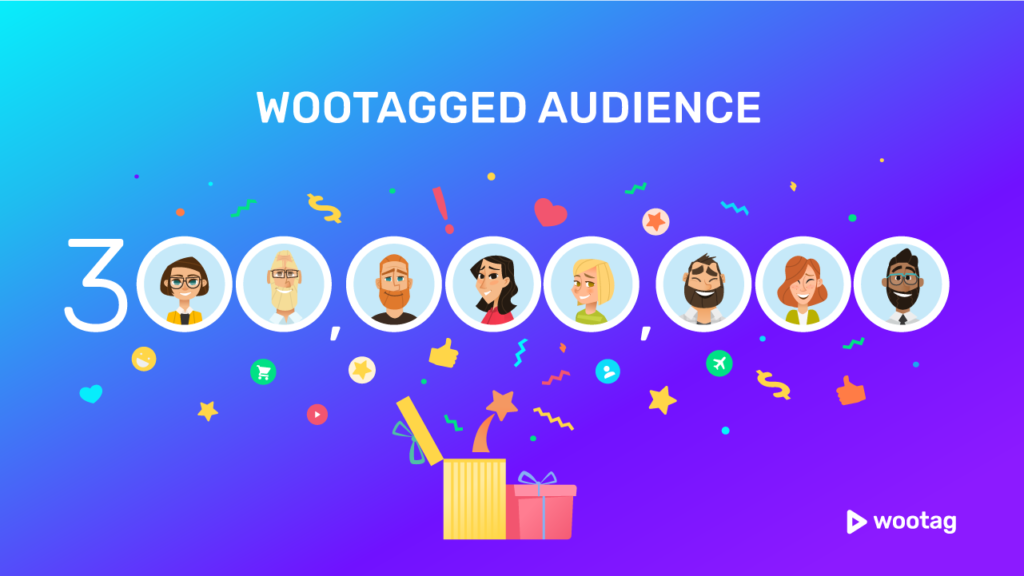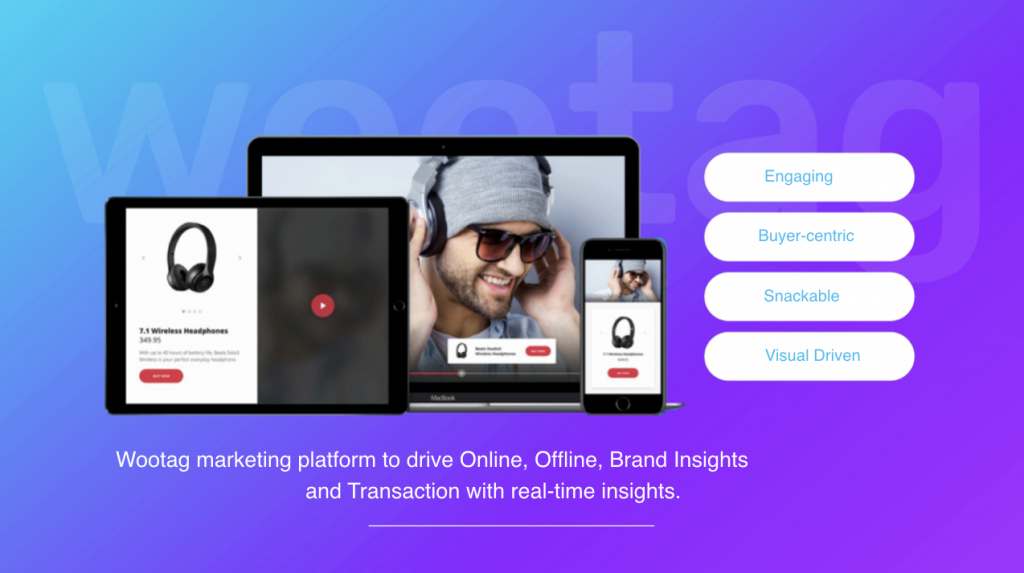87% of businesses in 2019 used video as a powerful marketing tool. This figure is a significant jump from 63% in 2017, and 81% in 2018. 79% of viewers claim that a brand’s video convinced them to purchase a piece of application or software. Also, 84% of marketers have seen an increase in traffic to their website after leveraging video (Source).
These numbers speak volumes about the importance of video marketing in today’s era. But it’s not just about creating any video and putting it out there. You will have to create video content in line with your sales funnel and make them impactful by telling a hooking story to your audience. After all, it’s all leading potential prospects to convert into actual buyers of a product or service.

A typical sales funnel has four stages- awareness, consideration, conversion, and loyalty. Video storytelling engages people for the long-term by building an emotional connection with your product or service at each of these stages. When they are emotionally invested in your brand, they will have a logical justification in their minds to buy your product/ service.
Here are a few tips you can leverage while crafting a video story for each stage of your sales funnel:
Stage 1: Awareness
In the first stage of the sales funnel, your goal is to turn people into leads. It involves building awareness via word of mouth about your brand. It’s tough to break through the clutter, but you can easily do so by creating a video that tells the story of how you started in the first place.
So, video content in the awareness stage should highlight your brand’s history, but by touching upon the specific pain points that you intend to address. Among the many problems that your brand solves, there will be one overriding problem that your video content should highlight. Identifying this gives you a reverse trajectory to how your audience feels and connects with a product or service.
How-to videos, motivational videos, company culture videos, and awareness videos would be good to leverage during the awareness stage to inspire your audience. Here’s an example of video storytelling you should check.
Stage 2: Consideration
Moving on to the second stage of the sales funnel, which is, consideration – your pool of prospect decreases and the likelihood of conversion increases. This is usually the case when a person engages with your company, asks for more information, and looks to clarify their queries.
In this stage, your content should leverage video storytelling by being more product or service-centric. Your content should directly answer all the questions that your customer may be having. One good way to go about with the process is through empathy mapping, which helps you identify your customers’ emotions, feelings, needs, and thoughts. Here are important questions to ask:
-
What does your target audience want to achieve?
What are the fears or obstacles they are facing?
How do they measure success?
Explainer videos, consideration videos, product demonstrations, and client testimonials of about thirty-second’s duration would work great at this stage. This video of HSBC Cards is a good example.
Stage 3: Conversion
The third stage is the conversion stage, where you have almost sealed the deal. After becoming aware of your brand and mulling over it, your customer chooses you over your competitors. At this stage, you need to look at your customers as valuable business assets. These are the people who can increase your sales. Here, numbers have more weight than anything else.
Product demonstration videos are great, but honestly, you need to go beyond them to make a greater impact on your audience. Consider making a video pitch. Your video storytelling should give them enough reasons why they should choose you. Tell them how you are better than anyone else. Just make sure you link your pitch to your purchase so that they find it easier to buy what they are looking for.
Clickable videos, demo videos, and call to action videos are perfectly suited to the conversion stage of the sales funnel. Make sure your story is woven around your product or service attributes so that your audience is drawn towards making a purchase. These videos can act as disguised point-of-sale to invite audiences to a whole new buying experience.
Here’s an example of a shoppable video by Adidas.
Stage 4: Loyalty
At the fourth stage, you have almost succeeded in bringing your customers to the apex of the sales funnel. You have made a successful sale, but that’s not enough to complete the loop. You also need to gain their loyalty. We live in an era where customers want more of the brand they choose. In this stage, you become a “brand to remember” from just a brand by building a concrete engagement strategy.
Your video content in the final stage of the sales funnel should craft a story that appreciates your customers for being who they are. Ideally, you should go for FAQ videos, instructional videos and appreciation videos to retain them as loyal customers. You can take to various social media channels to share the experiences of your loyal customers. After all, it’s all about showing how much you care for your customers. Here’s a video you can check out.
Creating video content by backing it up with stories is something that can do wonders for your brand. It shows that you understand your customers and you have the solution they are looking for. It’s not careless, pushy selling; it is about fostering relationships that last for days or even years to come.




